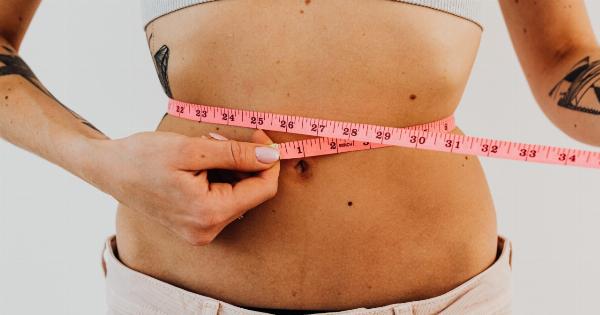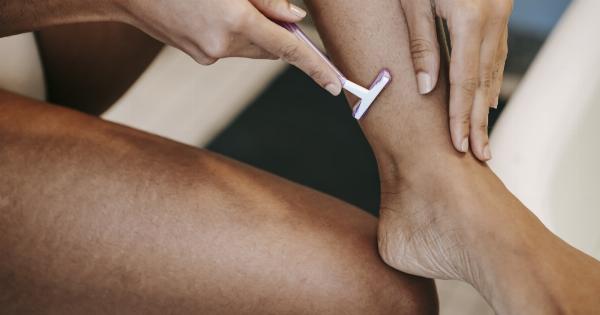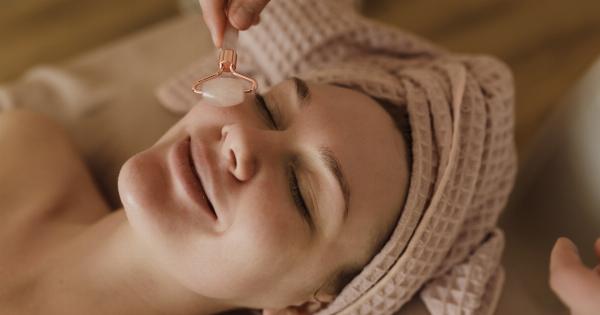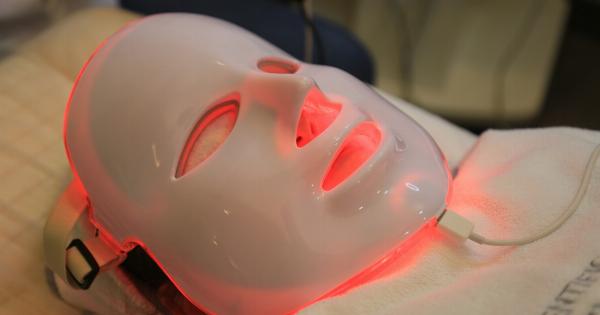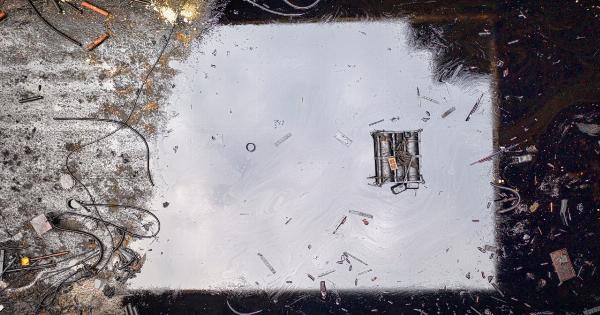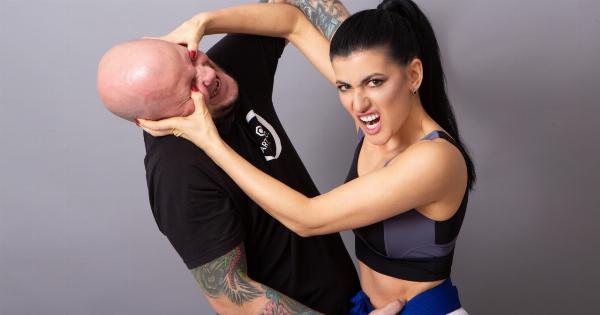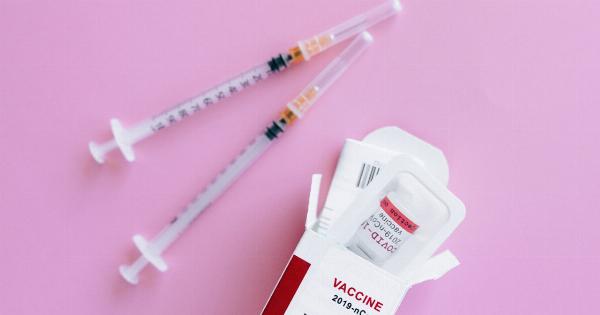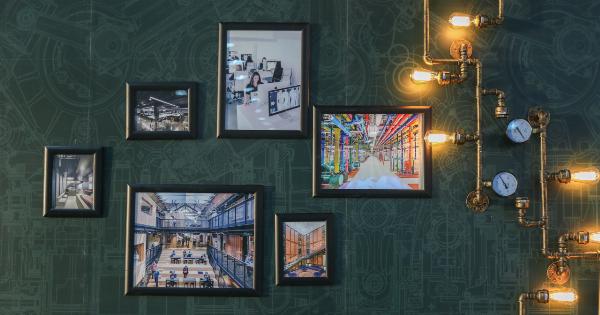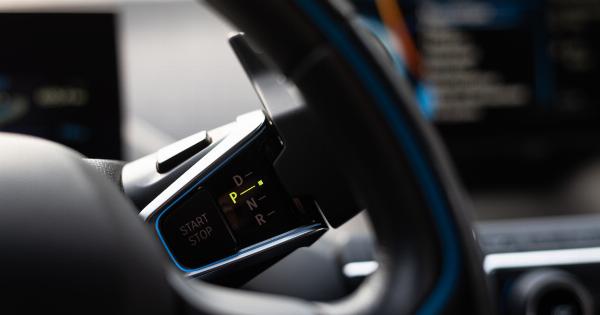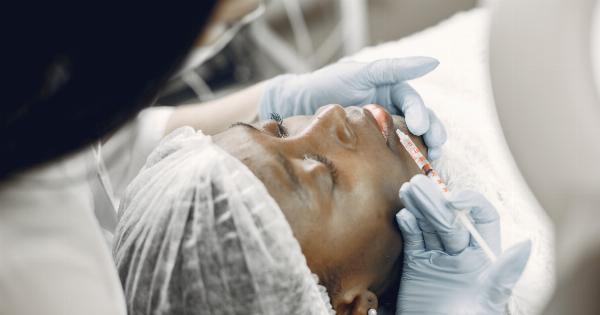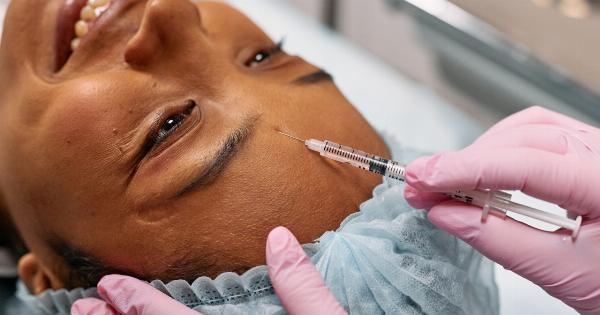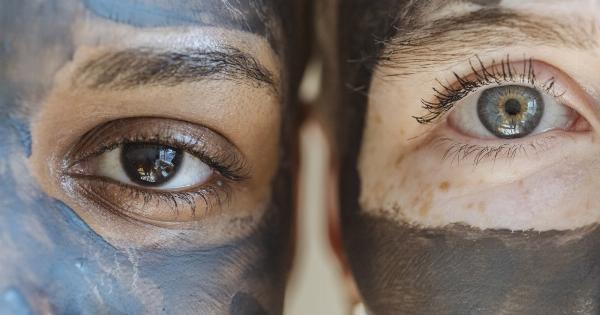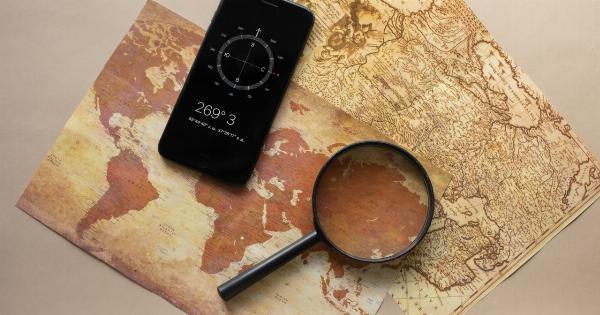Urine incontinence is a common problem that affects millions of people, especially women. It occurs when the control of the bladder is lost, which leads to accidental urine leakage.
This condition can negatively impact one’s quality of life, leading to feelings of shame, embarrassment, and social isolation. However, there is good news for those dealing with this issue; several urine incontinence innovations are available to help regain your confidence.
In this article, we’ll explore these innovations and how they can help you to overcome urine incontinence.
What is Urine Incontinence?
Urine incontinence is a condition in which a person loses control of their bladder. This loss of control can occur at any time, and it can be a small leak or a total emptying of the bladder.
The severity of urine incontinence varies from person to person, but there are several types, which include:.
Stress Incontinence:
This occurs when pressure is applied to the bladder, such as through sneezing, coughing, laughing, or exercise. Stress incontinence happens because the muscles that control the bladder are weak, and they can’t handle the extra pressure.
This type of incontinence is most often seen in women.
Urge Incontinence:
This occurs when the bladder contracts suddenly and without warning. People with this type of incontinence have a constant feeling that they need to urinate, which can lead to multiple visits to the bathroom throughout the day and night.
Mixed Incontinence:
This type of incontinence is a combination of both stress and urge incontinence. It often affects women during or after menopause.
Overflow Incontinence:
This type of incontinence happens when the bladder doesn’t empty completely, causing the person to experience constant leakage.
What are the Causes of Urine Incontinence?
Several factors can cause urine incontinence, including:.
- Pregnancy and childbirth
- Menopause
- Prostate problems in men
- Neurological disorders, such as Parkinson’s
- Obesity
- Bladder infections or stones
- Medications that affect the bladder
How Can Urine Incontinence Be Treated?
Treatment for urine incontinence depends on the type of incontinence and its severity. Some treatment methods include:.
- Exercises to strengthen your pelvic floor muscles — also known as Kegel exercises
- Medications
- Electrical stimulation to strengthen weakened muscles
- Behavioral therapies, such as bladder training and biofeedback
- Surgery in severe cases
Urine Incontinence Innovations:
1. Incontinence Pads and Liners:
Disposable pads and liners are a popular option for people with urine incontinence. They work by absorbing urine and preventing it from leaking, which keeps you dry and comfortable throughout the day.
Today, there are several types of pads and liners available on the market, ranging from ultra-thin to heavy-duty, depending on your needs.
2. Adult Diapers:
Adult diapers are similar to incontinence pads and liners, but they offer more protection against severe urinary incontinence.
They come in a range of sizes, from small to extra-large, and they’re usually made of highly absorbent materials that wick moisture away from your skin. Some brands of adult diapers also feature odor-neutralizing technology to keep you feeling fresh and clean.
3. Vaginal Inserts:
Also known as pessaries, vaginal inserts are small, flexible devices that you insert into your vagina to support the bladder and prevent urine leakage.
They’re easy to use, and they’re available in different sizes and shapes, depending on your needs. Vaginal inserts are a great option for women who experience stress incontinence and who don’t want to resort to surgery.
4. Urethral Inserts:
Urethral inserts, also known as penile clamps, are small devices that compress the urethra to prevent urine from leaking out.
They’re a good option for men who experience stress incontinence, but they can be uncomfortable or painful for some users. Urethral inserts require careful positioning and adjustment to work correctly, so it’s essential to follow the manufacturer’s instructions.
5. Incontinence Underwear:
Incontinence underwear looks and feels like normal underwear but has the added benefit of built-in absorbency that helps prevent leaks.
This type of underwear is ideal for people with light to moderate urinary incontinence who want a discreet and comfortable solution. Incontinence underwear is available in a range of styles and sizes, including briefs, boxers, and bikinis.
6. Medical Device:
The medical device that can help with urine incontinence is called InTone. It is a non-invasive and pain-free medical device that uses muscle stimulation, voice-guided instruction to help you exercise your pelvic floor muscles.
The device also features an inflatable probe that fits comfortably in the vagina to provide biofeedback and resistance. The InTone device helps to strengthen weakened muscles and improve bladder control over time.
7. Botox Injections:
If you have urge incontinence or mixed incontinence, you may benefit from Botox injections. Botox works by paralyzing the bladder muscles, which reduces the frequency and urgency of urination.
The effects of Botox injections can last up to nine months, and they’re a safe and effective option for people who have tried other treatment methods without success.
8. Radiofrequency Therapy:
This therapy is a non-surgical treatment that uses radio waves to stimulate the collagen production in vaginal tissues, causing them to tighten and strengthen.
Radiofrequency therapy can be an effective treatment option for women with stress incontinence or weak vaginal muscles after childbirth. The treatment is painless, and it usually takes around 30 minutes to complete.
9. Vaginal Tightening:
Vaginal tightening, also known as vaginoplasty, is a surgical procedure that involves tightening and strengthening the vaginal muscles.
This procedure is ideal for women who have experienced vaginal laxity due to aging or childbirth, resulting in stress incontinence. Vaginal tightening is a permanent solution that can boost your confidence and improve your quality of life.
10. Pelvic Health Physical Therapy:
Pelvic health physical therapy is a type of physical therapy that specializes in treating and strengthening the muscles of the pelvic floor.
This therapy involves personalized exercises and stretches to help improve bladder control and reduce the symptoms of urine incontinence. Pelvic health physical therapy is a non-invasive and effective treatment option for people of all ages and genders.
The Bottom Line:
Dealing with urine incontinence can be emotionally and physically challenging, but there are several urine incontinence innovations available that can help you to regain your confidence and live your life to the fullest.
If you’re experiencing urine incontinence, it’s essential to speak to your doctor to discuss the treatment options that are best for you.




